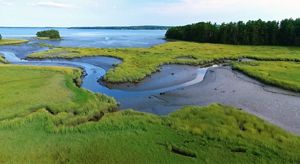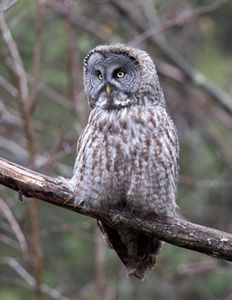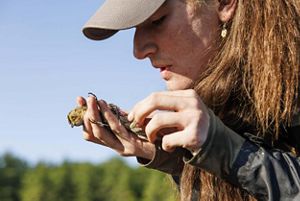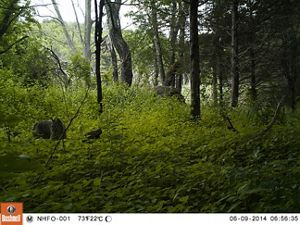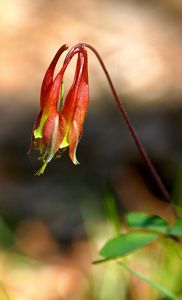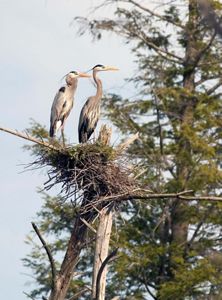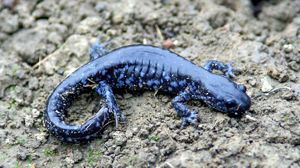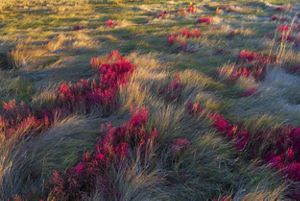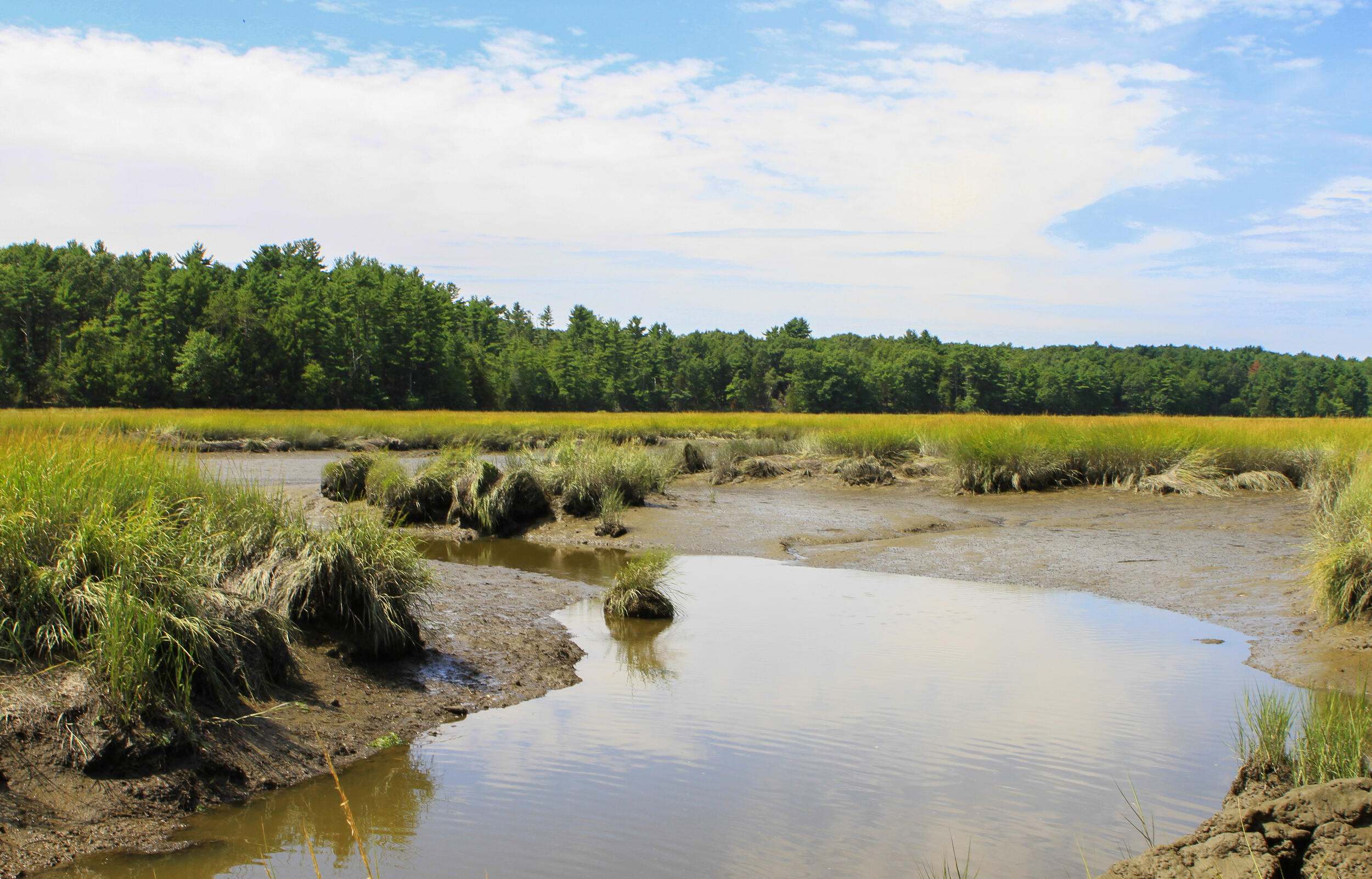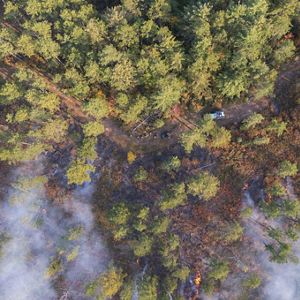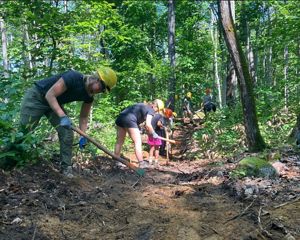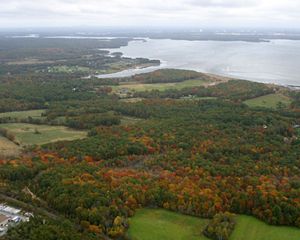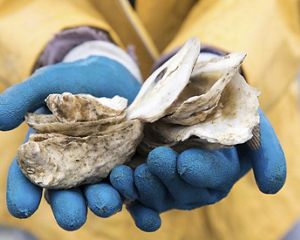Description
It is easy to leave behind the feel of civilization at the Lubberland Creek Preserve in Newmarket. “Lubberland”—a nickname for Great Bay’s northern shore recorded as early as 1669—likely came from sailors describing the “land‑loving” farmers along this coast.
Today, the landscape has shifted from farms to forest, and the preserve offers a rich mosaic of estuarine, grassland, forest and freshwater wetland habitats, along with relics of its agricultural past. Trails cross streams, wetlands and dry uplands dotted with vernal pools. Rare Blanding’s turtles and spotted salamanders use these pools; beaver, osprey and great blue herons thrive in the wetlands. One of the largest salt marshes in the Great Bay Estuary anchors broad views and excellent birding. Want a sampler of everything here—from upland forest to salt marsh and bay views? The Sweet Trail runs about 4.3 miles from Durham to Great Bay, ending at our Lubberland Creek shoreline, with benches and big estuary vistas.
In addition to managing the preserve, TNC worked with the Town of Newmarket to replace an undersized culvert along Lubberland Creek that contributed to flooding and blocked fish like the American eel from migrating.
Please remember that leashed dogs are permitted only on the Sweet Trail portion of the preserve.


